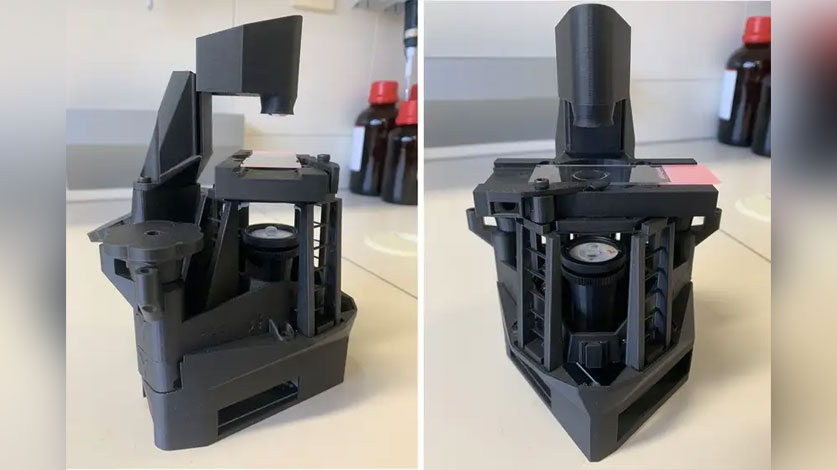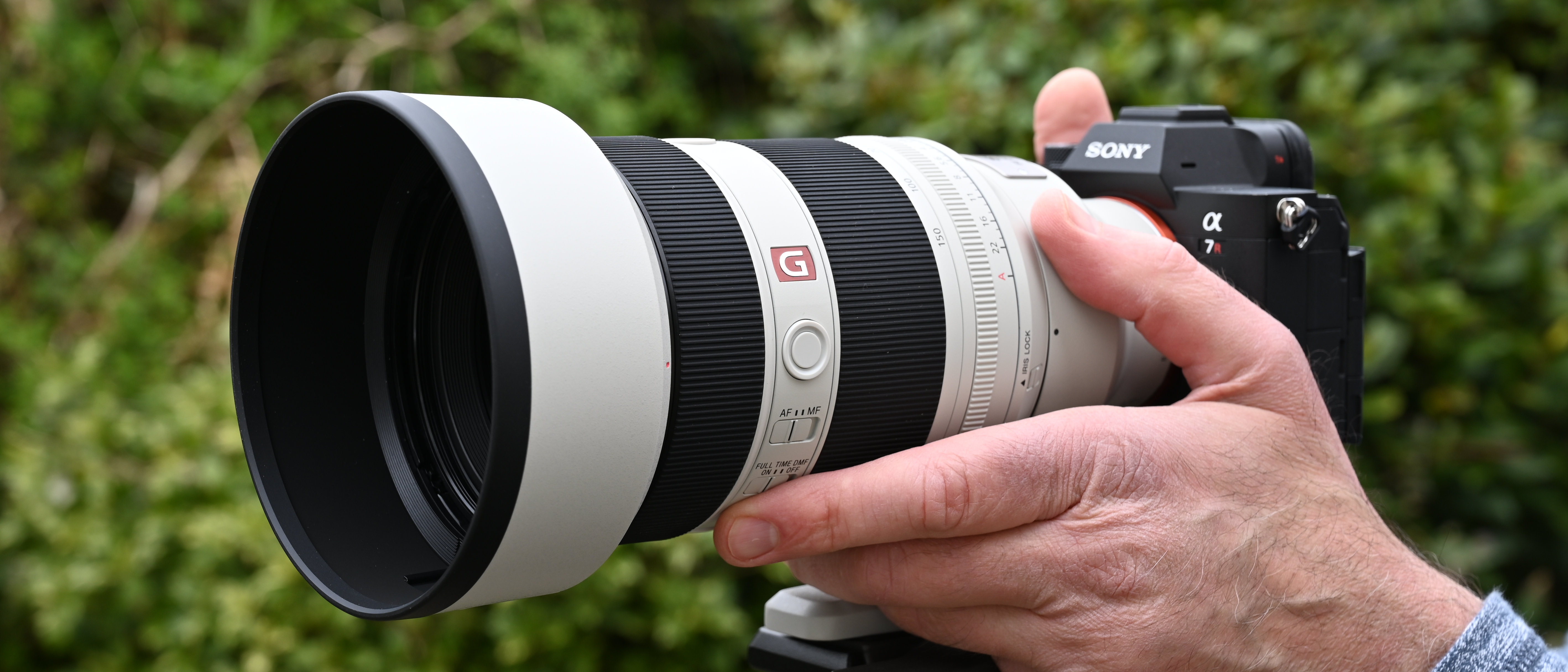Researchers 3D print a fully working microscope in 3 hours, costing $60 – complete with lenses, camera and Raspberry Pi
“It’s not just enabling, it’s empowering,” says Professor Gail McConnell at the University of Strathclyde

In a truly futuristic feat, researchers from the University of Strathclyde in Glasgow, Scotland, have built a 3D-printed microscope in under three hours, costing a total of around $60 / £50 / AU$95 – a fraction of the cost of traditional microscopes.
The team used a publicly available design from the website OpenFlexure to produce the microscope's frame, and clear plastic lenses they designed themselves that cost $0.13 / £0.11 AU$0.22, using low-cost and accessible 3D printers.
The microscope, which weighs only 3 kg / 6.6 lbs, was completed with a shop-bought camera and light, with the whole device controlled by a Raspberry Pi computer processor.
The best microscopes often cost hundreds to thousands of dollars, and diagnostic models even more. This game-changing technology will cut costs in hospitals, schools and laboratories, and aid work in low-income countries and other areas in need of cheaper, more accessible scientific equipment.
The microscope uses a single lens with a 2.9x magnification, which is at the lower end of the spectrum, “but its resolving power – essentially how clearly a sample can be seen – is what is most important for diagnostic purposes,” says the research paper, adding that traditional diagnostic microscopes typically cost up to $18,300 / £15,000 / AU$29,500.
“It’s not just enabling, it’s empowering,” Professor Gail McConnell at the University of Strathclyde told New Scientist. She and her colleagues previously worked out how to 3D-print lenses like those used in microscopes, which led to the breakthrough.
A critical step in getting to this point was being able to ensure control over the shape of the lens and removing any ‘stepping artifacts’, caused when 3D printers add layer upon layer of plastic to build up a structure.
Get the Digital Camera World Newsletter
The best camera deals, reviews, product advice, and unmissable photography news, direct to your inbox!
To test the imaging performance of the system, the scientists used multiple standard test samples including a stained blood smear and a thin section of mouse kidney.
“The microscope demonstrated sub-cellular resolution, clearly imaging individual red blood cells and detailed structures in the kidney sample,” according to the university report.
Dr Liam Rooney, postdoctoral research associate, who created the device with Professor McConnell in Strathclyde Institute of Pharmacy and Biomedical Sciences, said: “In under three hours, you can transform a design, freely available on the internet, into a fully functional optical microscope.
“This opens the doors to democratized access, rapid prototyping, and bespoke design of microscopes and optics at a fraction of the price of traditional microscopes.”
Take a look at out guides to the best microscopes, the best computerized telescopes, and the best document cameras.

After graduating from Cardiff University with an Master's Degree in Journalism, Media and Communications Leonie developed a love of photography after taking a year out to travel around the world.
While visiting countries such as Mongolia, Kazakhstan, Bangladesh and Ukraine with her trusty Nikon, Leonie learned how to capture the beauty of these inspiring places, and her photography has accompanied her various freelance travel features.
As well as travel photography Leonie also has a passion for wildlife photography both in the UK and abroad.
